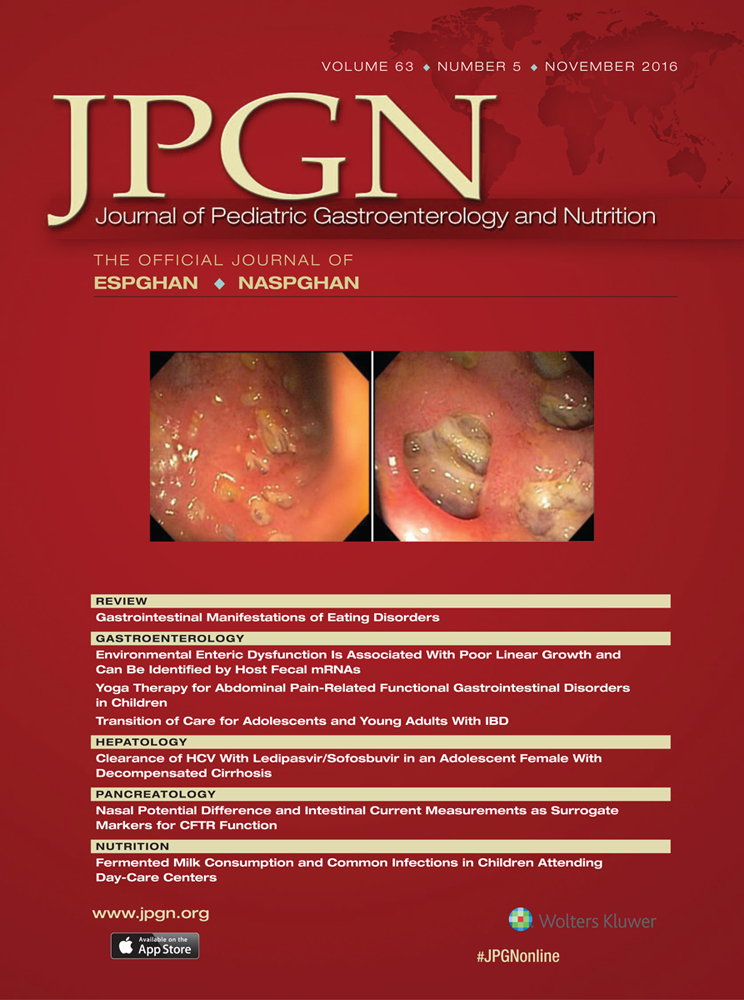Gut Microbiota Differences in Children From Distinct Socioeconomic Levels Living in the Same Urban Area in Brazil
The authors report no conflicts of interest.
Supplemental digital content is available for this article. Direct URL citations appear in the printed text and are provided in the HTML and PDF versions of this article on the journal's Website (www.jpgn.org).
ABSTRACT
Objective:
To compare gut microbiota in impoverished children versus children of high socioeconomic status living in the same urban area in Brazil.
Methods:
A cross-sectional study was conducted to evaluate 100 children living in a slum and 30 children from a private school, ages between 5 and 11 years old, in Sao Paulo State, Brazil. To characterize the groups, data based on socioeconomic status, sanitation, and housing conditions were collected. Anthropometric measurements and neonatal data were obtained from both groups. Gut microbiota were quantified in fecal samples by real-time polymerase chain reaction.
Results:
The children in the private school group had higher rates of cesarean delivery and premature birth than the children in the slum group. Staphylococcus aureus (90% vs 48.0%) and Clostridium difficile (100% vs 43.0%) were more commonly found in the children from the private school than in the impoverished children (P < 0.0001). C perfringens was most frequently identified in the group of children from the slum (92.0% vs 80%; P = 0.064). Higher counts of total eubacteria, Firmicutes and Bacteroidetes phyla organisms, Escherichia coli, Lactobacillus spp., and Methanobrevibacter smithii were found in the children living in poverty, whereas higher counts of Salmonella spp., C difficile, and C perfringens were observed in the children living in satisfactory housing conditions (P < 0.05).
Conclusions:
Important differences were observed between the gut microbiota of children living under distinct socioeconomic and environmental conditions within the same city. Our findings suggest that children of high socioeconomic status have less favorable gut microbiota than do children who live in poverty.




